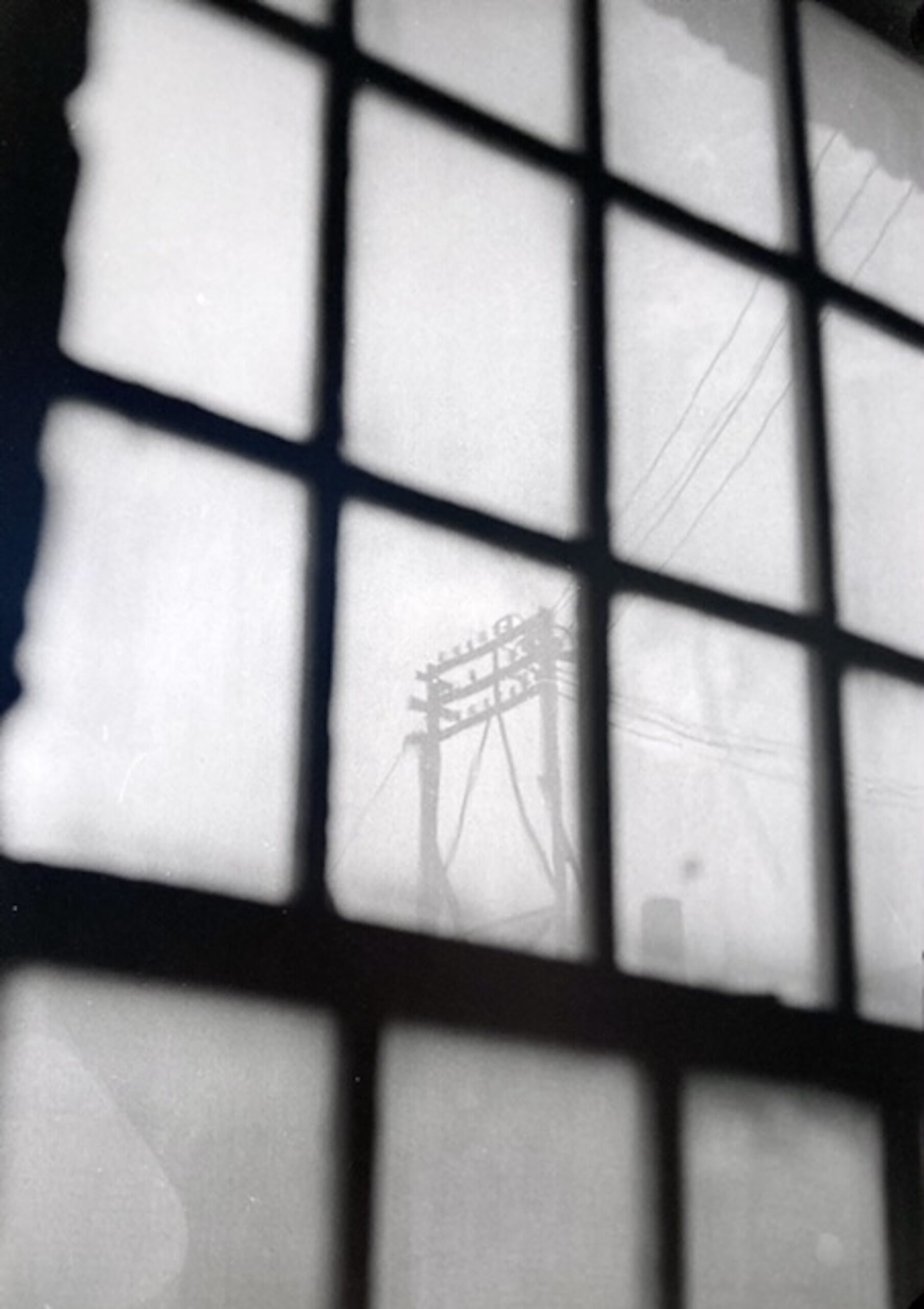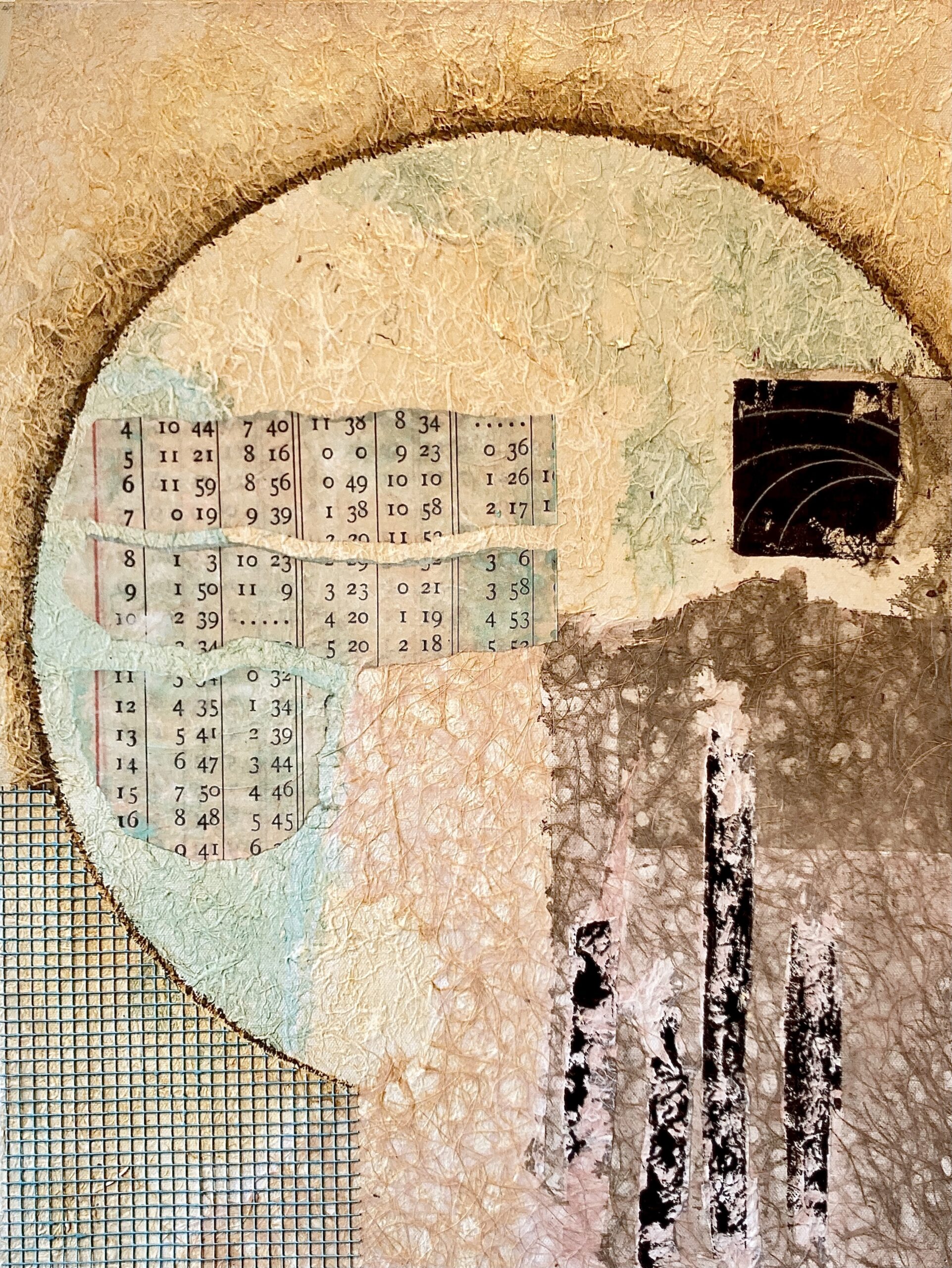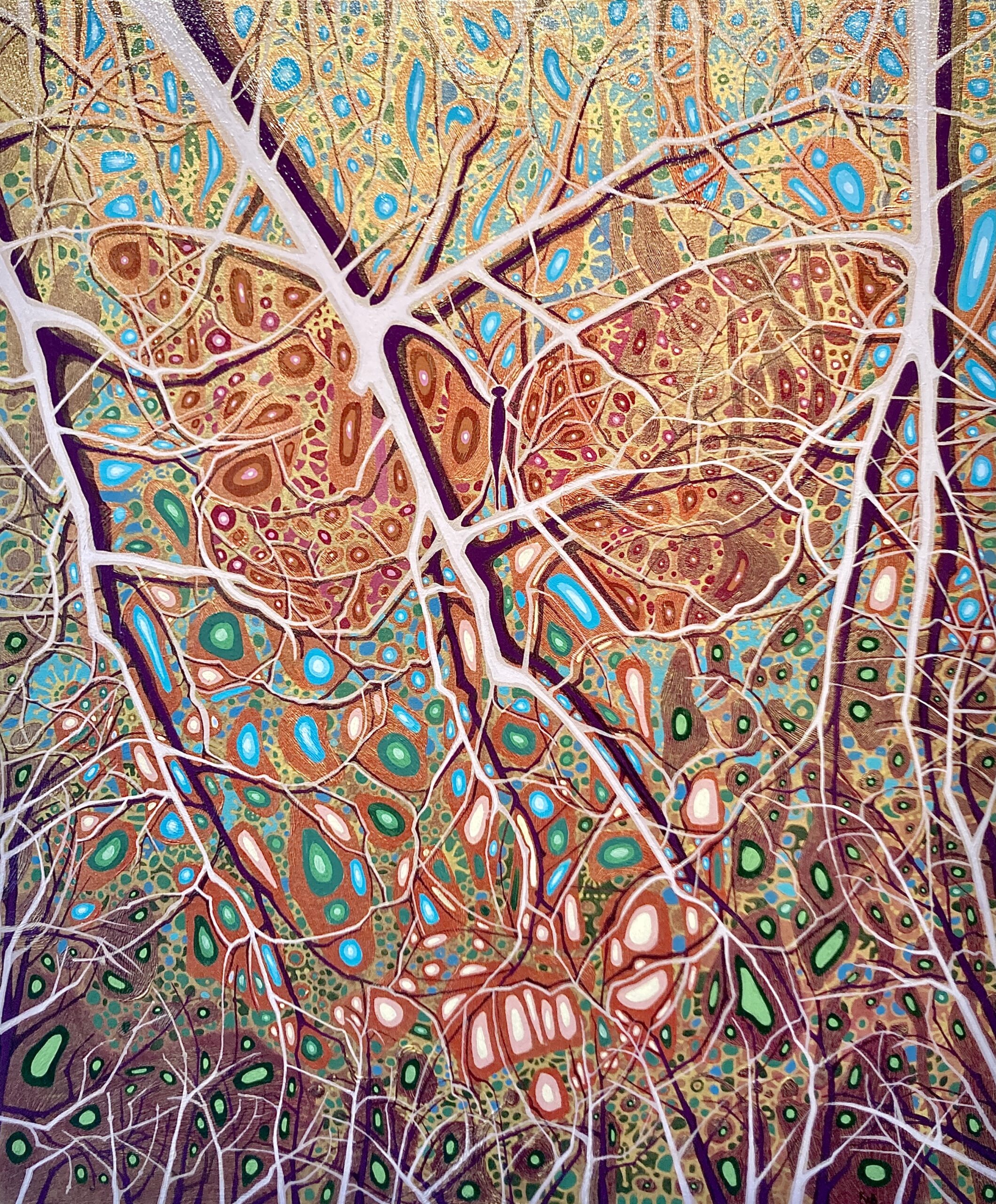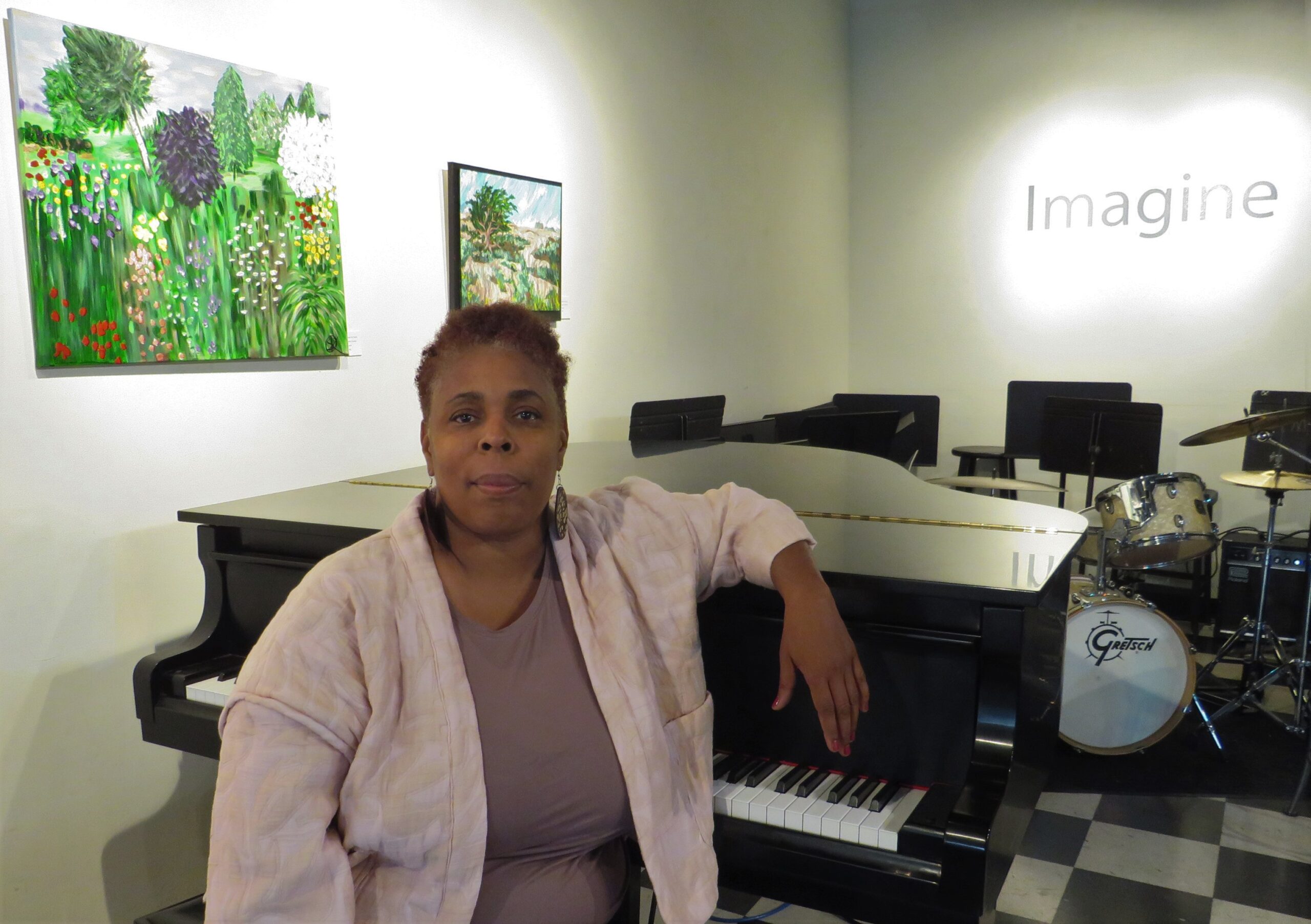
New JGCA executive director Kai Simone on the center’s legendary stage, inherited from the original Milwaukee Jazz Gallery. Photos by Kevin Lynch
A new critical biography of the brilliant film director Alfred Hitchcock inevitably examines how he became the first American embodiment of an auteur. 1 The term, originally coined and used by French director-critics, refers to the artist who controls her work’s vision and process, in a group artistic endeavor.
In a significant change, the Jazz Gallery Center for the Arts may have found it’s auteur, Kai Simone. The organization’s mission statement strives for “community…strengthened by creativity.” As the Riverwest Artists Association, the center was a dedicated but collective endeavor. Yet one board member characterized board meetings as sometimes “painful” and, despite the center’s considerable accomplishments, president Mark Lawson commented, perhaps only half-jokingly, ”We really didn’t know what we were doing.”
The RAA is visual arts-oriented, but the JGCA is about diversity in the arts and audience.
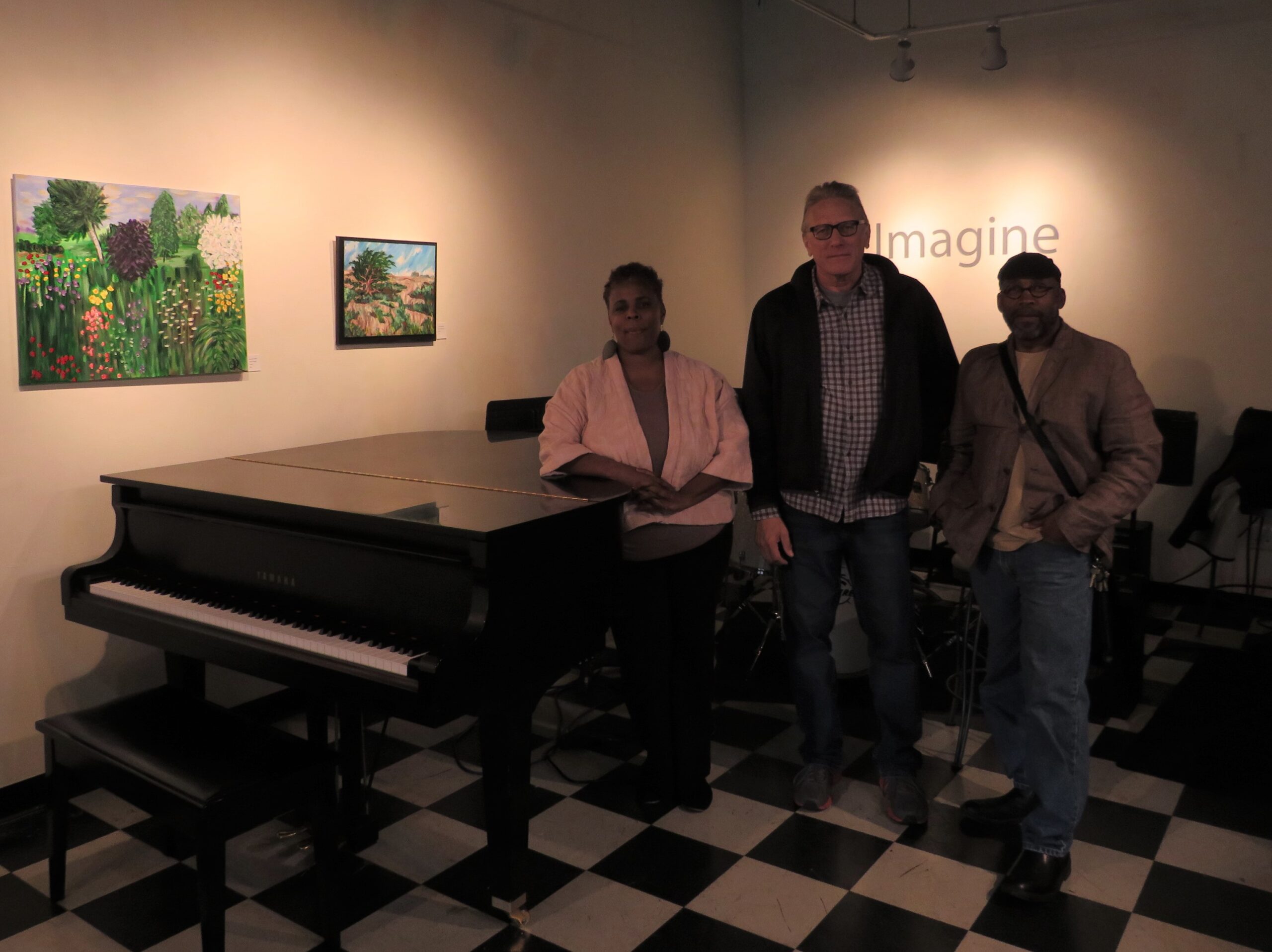
JGCA Executive Director Kai Simone (left) will bring diverse experience to the venue’s dedicated board of directors, which includes (standing beside Simone) president Mark Lawson and artist Bennie Higgins.
That’s where Simone, the first-ever executive director, steps in. “I have a very special relationship to jazz,” said the former Chicagoan with an abundance of connections to that city’s rich jazz community, as did the founder of center’s nominal inspiration, the original Milwaukee Jazz Gallery, Chuck LaPaglia. Strong allies of Simone include Heather Ireland Robinson, ED of The Jazz Institute of Chicago, and Emmy Award-winning trumpeter Orbert Davis, artistic director of the Chicago Jazz Philharmonic. A source of inspiration is Ralph Bass, an influential R&B and jazz producer at Chicago’s legendary Chess Records. Such factors should help sustain the jazz/creative music tradition JGCA has provided The Second City’s “second city,” if you will.
The center took a step forward a few years ago with the hiring of Program Manager Amy Schmutte, who leads the successful O.W.L. program, an arts presentations and activities program geared to senior members of the Riverwest community. And as gallery director, Schmutte has dramatically boosted the center’s sales of artwork, especially online sales during the financially tenuous period of the COVID pandemic.
Simone will develop from that success, and look far further afield.
“I also want to build on the legacy of the Milwaukee Jazz Gallery, develop more educational and historical programs, and scholarships.” Simone’s eyes are firmly fixed on the future — and the venue’s distinctive checkerboard stage. She feels the center needs much more outreach to youth culture, a specialty of hers.
The center showed that potential with a monthly performance series geared to hip-hop culture which — before the pandemic — developed a strong youth following almost on its own self-directed momentum.
Simone is an experienced theater director and herein the auteur analogy strengthens. In an interview, this truly seemed a woman of embracing vision, but also fully capable of handling practical operations of a multi-arts center. “I love mentoring, leading, and teaching.” she says. She’s also a performer, a writer, and a singer-songwriter. She founded the arts-ed Skai Academy, an MPS affiliate until the pandemic led to system fund cuts. That circumstance helped lead her to the center’s new opportunity.
For all her educational bona-fides, Simone values ultimately allowing students liberty to think “outside the box.” She relates how she once hid herself inside a cardboard box onstage before an unsuspecting young audience and, when she finally burst out, she had them “hooked.” Such engaging ingenuity should help strengthen the JGCA. Simone also envisions doing more with the WXRW radio programming already benefitting the center, as well as “virtual reality presentations, even animated films.” 2
She also thinks she can combine the center’s non-profit status with indirect profiting strategies, through partnerships, with MPS and Arts @ Large, among other organizations. “We own the building, so rent helps. So, it’s a business approach. I like problem-solving and talking to people about visions and passions. I want to take it to another level.” Regarding diverse community outreach and audience-building, Milwaukee has, besides African-Americans and Latinx, “a huge Hmong community, as well as Japanese, Burmese, and Ghanaian,” said Simone, whose daughter is half-Ghanaian. “I want to think globally and act locally.”
________
This article was originally published in slightly shorter form in the Neighborhoods section of The Shepherd Express: https://shepherdexpress.com/neighborhoods/riverwest/jazz-gallery-center-for-the-arts-finds-its-auteur/
1 The critical biography is The Twelve Lives of Alfred Hitchcock: An Anatomy of the Master of Suspense, by Edward White, published in March 2021.
2. Saturdays at 10 a.m., JGCA board member Elizabeth Vogt hosts WXRW 104.1 FM Riverwest Radio’s weekly Artful Lives, an interview and arts profile program, on behalf of the Jazz Gallery Center for the Arts. It’s a low-power station, but all programs are available to stream live — and in the station’s archives. (The archives include several interviews with this blogger, Kevernacular (Kevin Lynch), about famous jazz musicians I interviewed and reviewed at the original Milwaukee Jazz Gallery run by Chuck LaPaglia.)


